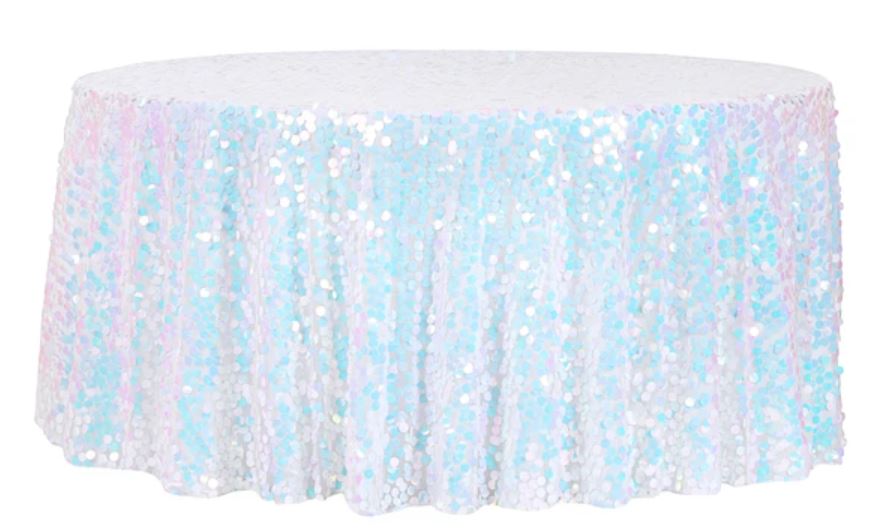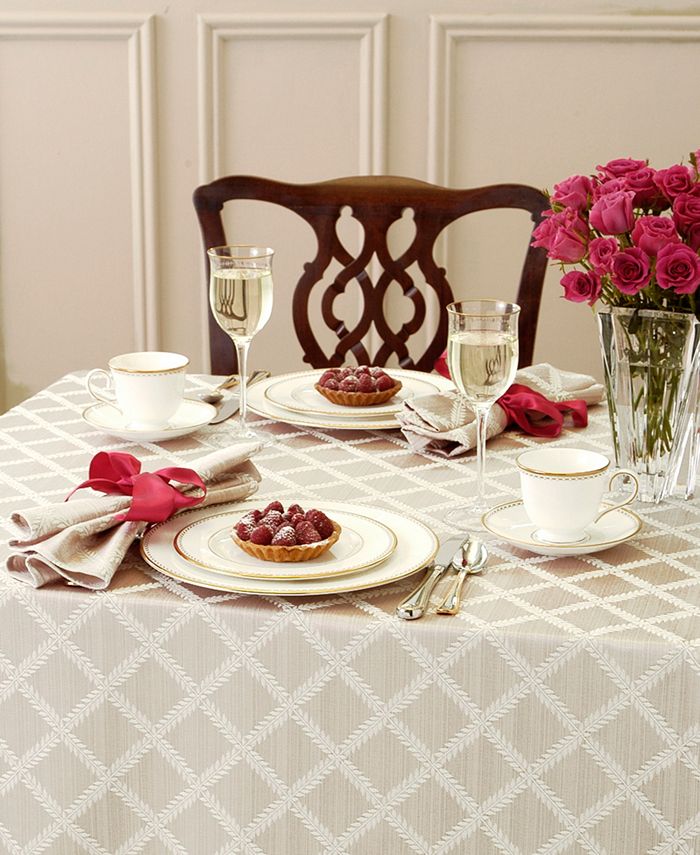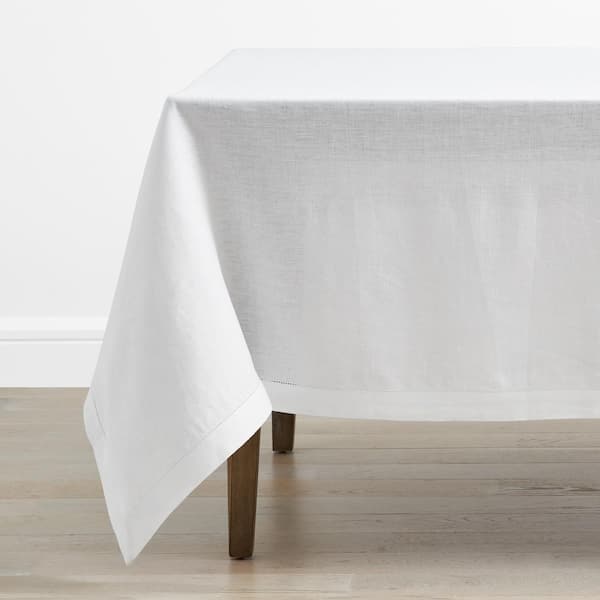Bed Linen Textile Advancements: Discovering Modern Trends and Creative Applications in Design and Textile Market
In the world of fabric advancements, bed linen has become a timeless yet versatile material that remains to captivate lovers and designers alike. With an abundant history deeply intertwined with craftsmanship and sophistication, bed linen textile is experiencing a resurgence in the contemporary age. From lasting production techniques to cutting-edge weaving innovations, the development of linen is reshaping the landscape of the textile industry. As we look into the realms of creative layout applications and the introduction of bed linen blends and crossbreed materials, a new chapter unfolds in which linen's duty in future fabric developments takes center phase.
Lasting Practices in Bed Linen Manufacturing
Sustainable methods in linen production have come to be increasingly vital in the textile market's efforts to reduce ecological impact and promote honest sourcing approaches. Bed linen, a natural fiber originated from the flax plant, uses a series of benefits such as biodegradability, breathability, and longevity. Nevertheless, traditional approaches of bed linen production can entail considerable water consumption, pesticide use, and energy-intensive procedures.
To address these difficulties, lots of textile makers are embracing lasting methods throughout the bed linen manufacturing process. This consists of sourcing flax from organic farms that stay clear of unsafe chemicals and chemicals, carrying out water-efficient retting strategies to remove fibers from the flax stalks, and utilizing green dyes and finishes. Furthermore, some business are spending in sustainable power resources to power their production facilities and minimizing waste via recycling and upcycling initiatives.
Technological Improvements in Linen Weaving
With the expanding focus on sustainable methods in bed linen manufacturing, the fabric sector is now experiencing a rise in technical innovations especially focused on reinventing the art of bed linen weaving. These advancements are improving the means linen materials are generated, offering enhanced effectiveness, high quality, and creative thinking in weaving strategies.
Among the crucial technological developments in linen weaving is the combination of computerized looms. These advanced looms are equipped with software that enables for intricate and complex designs to be woven with precision. By digitizing the weaving procedure, producers can achieve greater consistency and precision in their bed linen textiles.
In addition, innovations in yarn spinning technology have actually made it possible for the manufacturing of finer and even more durable linen yarns - table cloths. This results in softer and smoother bed linen materials that keep their quality even after multiple uses and laundries
Additionally, the growth of green dyeing procedures and coatings for linen textiles is gaining grip. These lasting techniques not just reduce the environmental impact yet additionally accommodate the boosting customer need for ethically produced fabrics.
Creative Layout Applications for Bed Linen
Ingenious artistic approaches are progressively shaping the innovative design applications for linen in the textile sector. Designers are pressing the borders of standard bed linen usage, discovering its adaptability in various applications. One famous fad is the combination of bed linen in sustainable style lines, where its eco-friendly homes are highlighted. Linen's natural aesthetic allure and capability to blend with other textiles make it a favorite selection for developing special garments and devices that cater to the ecologically conscious consumer.
Additionally, designers are explore linen in home design, utilizing its breathable and long lasting nature to craft fashionable furnishings such as curtains, bedding, and upholstery. The texture and drape of bed linen bring a sense of refinement and comfort to indoor spaces, adding a touch of beauty to contemporary homes.

Linen Blends and Crossbreed Fabrics

Crossbreed fabrics, on the other hand, take the idea of mixing an action even more by integrating added elements such as metallic strings, recycled materials, or conductive fibers. These ingenious textiles not just increase the layout opportunities yet also introduce practical elements like conductivity, antimicrobial buildings, or enhanced sturdiness. Hybrid fabrics are increasingly being used in numerous industries, including fashion, interior decoration, and technical textiles, where the need for multifunctional products is on the increase.
Bed linen's Role in Future Textile Innovations

In the world of future fabric developments, linen is anticipated to be a principal in the advancement of innovative functional fabrics. Developers and scientists are discovering means to improve linen's intrinsic qualities with technical improvements, such as integrating wise textiles, nanotechnology, and performance surfaces. These developments intend to elevate linen's efficiency features, making it suitable for a broader series of applications, from activewear to safety garments.
Furthermore, the mix of bed linen with other natural or artificial fibers opens up countless possibilities for producing unique textiles with special homes and performances. By leveraging bed linen's qualities and checking out ingenious blends, the textile sector is poised to present interesting advancements that deal with evolving customer requirements and sustainability needs.
Conclusion
To conclude, the exploration of lasting techniques, technological advancements, imaginative design applications, linen blends, and its role in reference future fabric advancements highlight the continuous advancement of linen fabric in the modern-day style and textile industry. With a Discover More Here concentrate on technology and creative thinking, the convenience and eco-friendly nature of bed linen make it a useful material for producers and developers alike, paving the way for additional advancements and innovations in the field of textiles.
As we delve into the worlds of creative style applications and the appearance of linen blends and hybrid textiles, a new phase unravels in which linen's role in future fabric developments takes facility phase.
Exploring the fusion of linen with various other fabrics has led to the development of ingenious blends and crossbreed fabrics in the contemporary textile sector. Bed linen blends use a special combination of the characteristics of bed linen with those of various other fibers, resulting in fabrics that possess improved properties such as enhanced toughness, enhanced draping, and reduced wrinkling.The advancement of linen blends and hybrid materials has established the phase for Linen to play a pivotal duty in driving future fabric innovations.In the realm of future textile innovations, linen is anticipated to be a crucial player in the growth of advanced useful materials.
 Jennifer Grey Then & Now!
Jennifer Grey Then & Now! Neve Campbell Then & Now!
Neve Campbell Then & Now! Val Kilmer Then & Now!
Val Kilmer Then & Now! Karyn Parsons Then & Now!
Karyn Parsons Then & Now! Nancy McKeon Then & Now!
Nancy McKeon Then & Now!